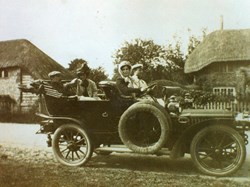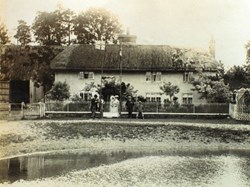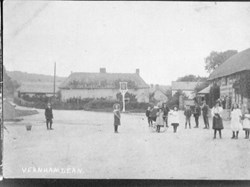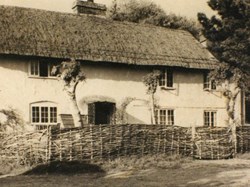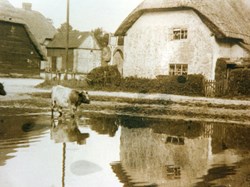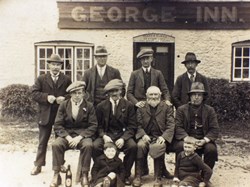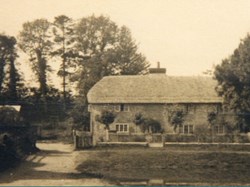Local History
This small village of some 500 population in the top left hand corner of Hampshire is steeped in history from every age: Neolithic hand axes, Iron age remnants, Roman coins, Saxon dwellings and hints of the Civil War – even to a skiing medal dropped by an Italian prisoner of war during WW2. Dispersed agricultural settlements slowly concentrated into the three areas of Vernham Dean (in the valley) Vernham Street up to Linkenholt, and Vernham Row up to Henley and Buttermere. An Elizabethan manorhouse up the hill from the main village sits near to the church, of Norman, perhaps Saxon, ancestry, but much restored and repaired.
Surrounded by the estates of Conholt, Fosbury and Linkenholt, geared to game, agriculture is still important, with Box Farm having organic status. No longer merely agricultural labourers, the inhabitants of Vernham are disparate in the extreme, with ‘old stagers’ still living in the village, commuters to London, home workers, retirees, self-employed and ‘weekenders’. ‘Little Fingers’ pre-school leads to a thriving and over-subscribed primary school and with the church, the Gospel Hall, a popular pub, modern village and sports pavilion the village offers a vast list of activities and organisations.
Proud of its history, Vernham Dean can offer much of interest not only on a walk around the village, accompanied by a booklet available in the pub, but on walks around the area, taking in a Romano/British ‘fort’ on Knollys Down, Grims Ditch on the hill towards Conholt House, and numerous other prehistoric sites hidden among the fields which contain gems of flora and fauna. Although the village suffered with many others from plague, drought, famine and depression yet it has retained a unique identity, changed, flexed and developed to become a very special place.
Contributed by Jill Palmer
